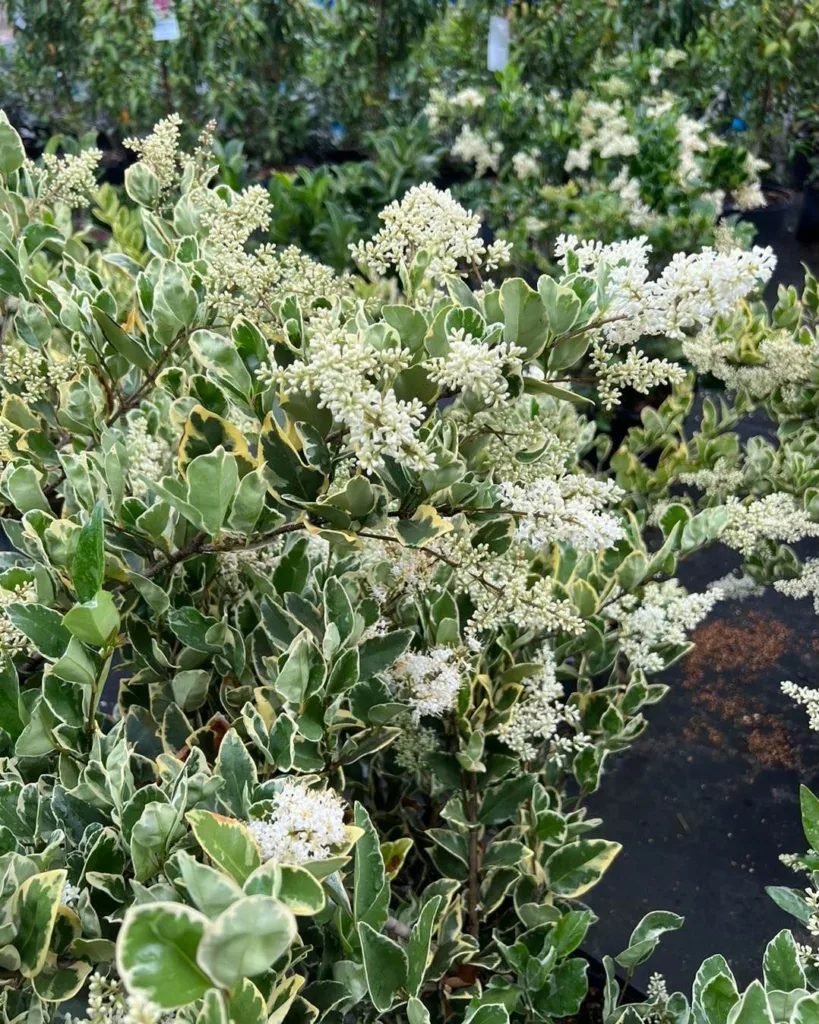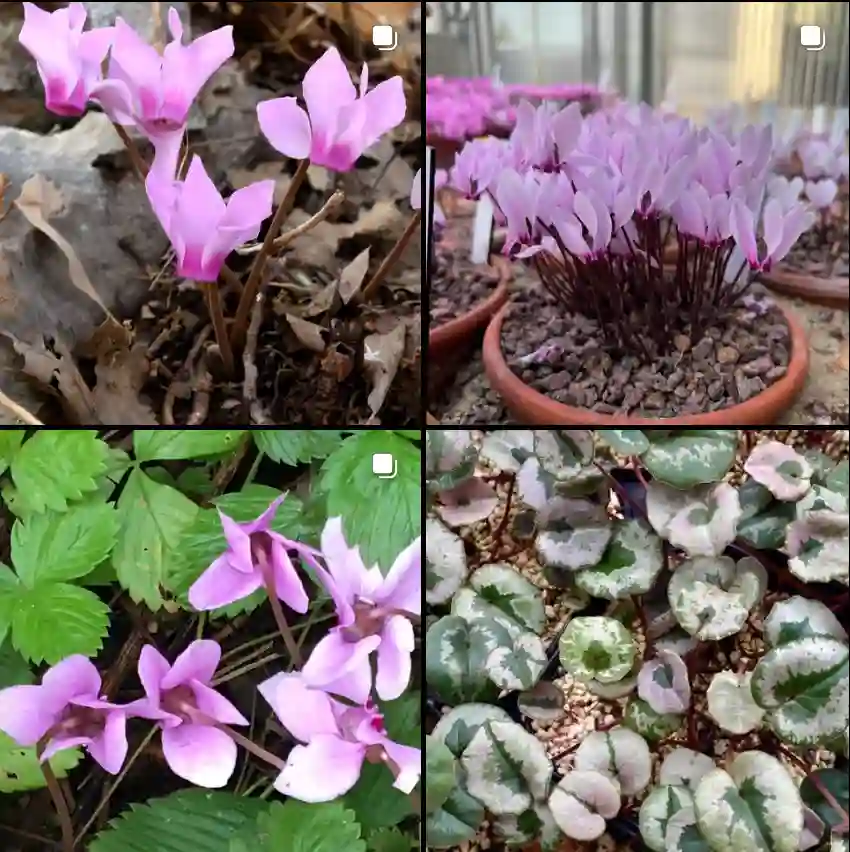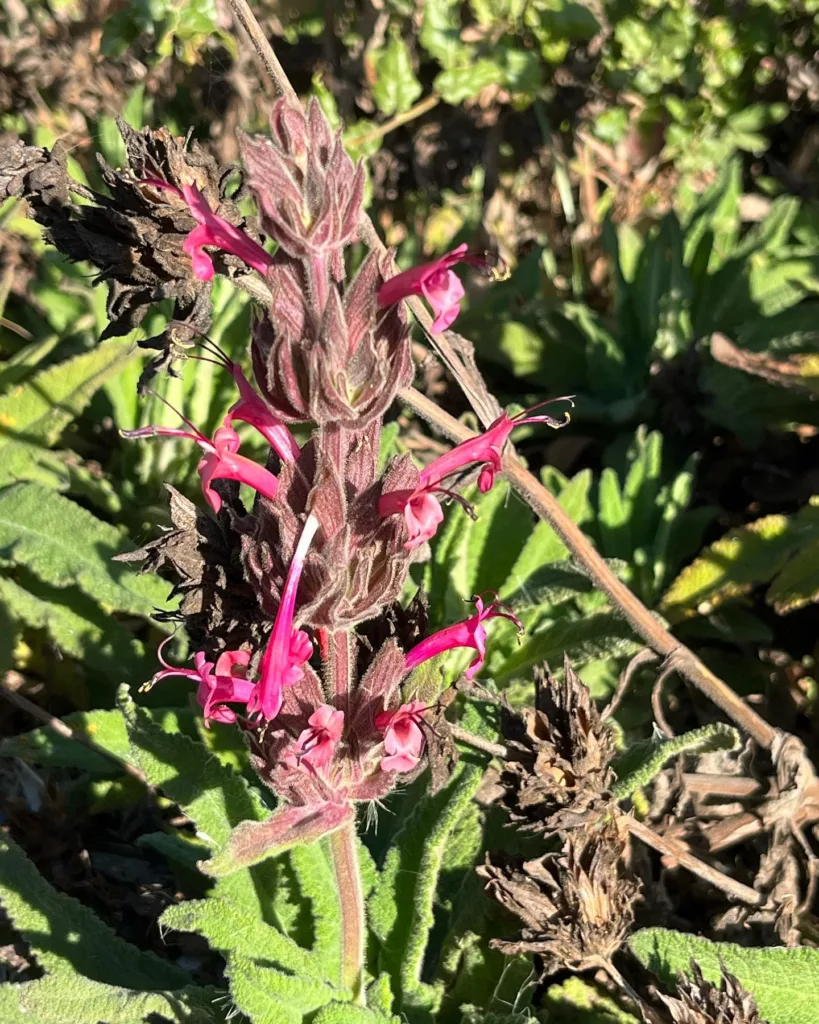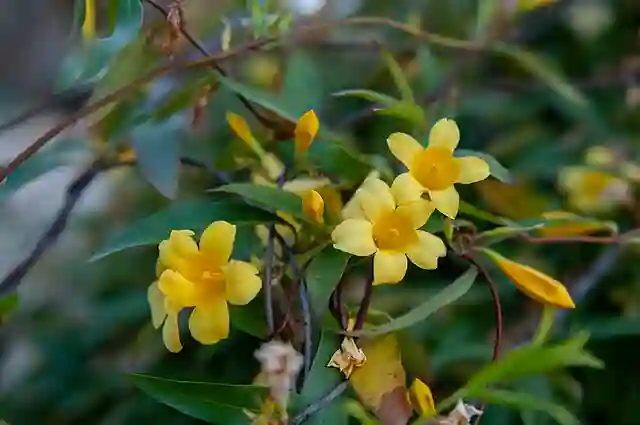
All About the Nephrolepis Biserrata: Your Guide to the Giant Sword Fern
Hi, I’m Ferb Vu, and I’m here to answer your questions about the Nephrolepis Biserrata, also known as the Giant Sword Fern. This stunning tropical fern is a popular choice for indoor gardeners, and for good reason. Its lush, arching fronds add a touch of the tropics to any space. But before you bring one home, let’s dig into the details.
33 Species in Genus Nephrolepis
What is a Nephrolepis Biserrata?
The Nephrolepis Biserrata is a large, evergreen fern native to tropical regions around the world. It boasts long, sword-shaped fronds that can reach up to eight feet in length, creating a dramatic and elegant presence. These fronds are a beautiful deep green, adding a pop of color and life to your indoor space.
Nephrolepis Biserrata vs. Boston Fern: What’s the Difference?
Both the Nephrolepis Biserrata and the Boston Fern (Nephrolepis exaltata) are popular indoor ferns. However, there are some key differences to consider:
- Size: The Giant Sword Fern is significantly larger than the Boston Fern, reaching up to eight feet compared to the Boston Fern’s two to four feet.
- Frond Shape: The Nephrolepis Biserrata has long, narrow, sword-shaped fronds, while the Boston Fern has wider, more rounded fronds.
- Light Requirements: The Giant Sword Fern can tolerate lower light levels than the Boston Fern, which prefers brighter indirect light.
In short: If you have a spacious room with lower light, the Nephrolepis Biserrata is a great choice. If you have a smaller space with brighter light, the Boston Fern might be a better fit.
How to care for Nephrolepis Biserrata?
The good news is that the Nephrolepis Biserrata is a relatively easy fern to care for, as long as you provide the right conditions. Here’s what you need to know:
- Light: While it can tolerate lower light, your Giant Sword Fern will thrive in bright, indirect light. Avoid direct sunlight, which can scorch the fronds.
- Water: Consistent moisture is key. Water your fern deeply when the top inch of soil feels dry, and avoid letting it dry out completely. However, ensure good drainage to prevent waterlogging.
- Humidity: This fern hails from the tropics, so it prefers moderate to high humidity. Misting regularly or using a humidifier can help create a more comfortable environment.
- Soil: A well-draining potting mix is essential. A mixture of potting soil, perlite, and orchid bark can provide good drainage and aeration.
- Fertilizer: During the growing season (spring and summer), a balanced fertilizer diluted to half strength can be applied once a month.
Common Problems with Nephrolepis Biserrata
While generally low-maintenance, a few issues can arise:
- Brown fronds: This can be caused by underwatering, overwatering, or low humidity. Check your watering habits and increase humidity if necessary.
- Yellowing fronds: This could be a sign of aging fronds, which can be removed. However, excessive light or nutrient deficiency can also cause yellowing.
- Pests: Scale and mealybugs can be occasional visitors. Insecticidal soap or neem oil can be used for control.
Can I Propagate My Nephrolepis Biserrata?
Absolutely! There are two main methods for propagating your Giant Sword Fern:
- Division: Carefully divide the root ball of a mature plant into sections, each with healthy fronds and roots. Repot each section in its own container.
- Spores: This method takes longer but can be rewarding. Collect mature sori (brown dots) from the undersides of the fronds and sow them on a moist, sterile medium.
Conclusion: Bringing the Tropics Indoors with the Nephrolepis Biserrata
The Nephrolepis Biserrata is a stunning and relatively easy-care fern that adds a touch of the tropics to any indoor space. With its lush, arching fronds and elegant presence, it’s a conversation starter. By following these simple care tips, you can enjoy your Giant Sword Fern for years to come. So, if you’re looking for a unique and low-maintenance way to add greenery to your home, the Nephrolepis Biserrata might be the perfect choice for you.
If i die, water my plants!



